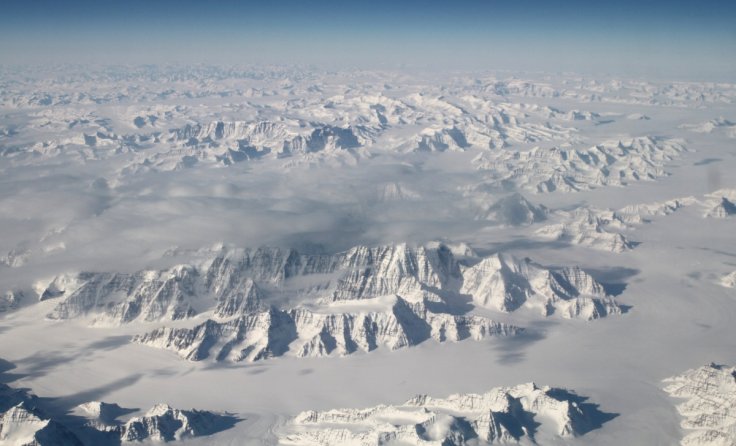
A few weeks back, a team of scientists at the University of Copenhagen's Centre for GeoGenetics at the Natural History Museum, Denmark discovered a massive meteorite impact crater hidden beneath the Greenland ice. Now, after a couple of months, NASA has detected another asteroid-impact crater buried under two kilometers of ice in northwest Greenland.
The study report published in the journal Geophysical Research Letters revealed that this gigantic crater stretches across 36.5 kilometers, and experts believed that it was formed due to an asteroid impact which happened within the past 2.6 million years. Researchers also hinted that, if the crater is formed due to an asteroid hit, it will become the 22nd biggest impact crater ever discovered on the earth.
Interestingly, the first subglacial impact crater buried under Greenland's Hiawatha Glacier which was discovered in November 2018 is located just 183 kilometers away from the new site. Even though located very near, the newly discovered impact crater appears to be larger and older than the Hiawatha impact site.
"The ice layers above this second crater are unambiguously older than those above Hiawatha, and the second crater is about twice as eroded. If the two did form at the same time, then likely thicker ice above the second crater would have equilibrated with the crater much faster than for Hiawatha," said NASA glaciologist Joseph MacGregor.
It should be noted that scientists have discovered more than 200 asteroid impact craters from different nooks of the globe. However, this is only the second deep impact asteroid crater that has been discovered under ice sheets.
"The second structure's morphology is shallower and its overlying ice is conformal and older. We conclude that the identified structure is very likely an impact crater, but it is unlikely to be a twin of the Hiawatha impact crater," added Joseph MacGregor.









